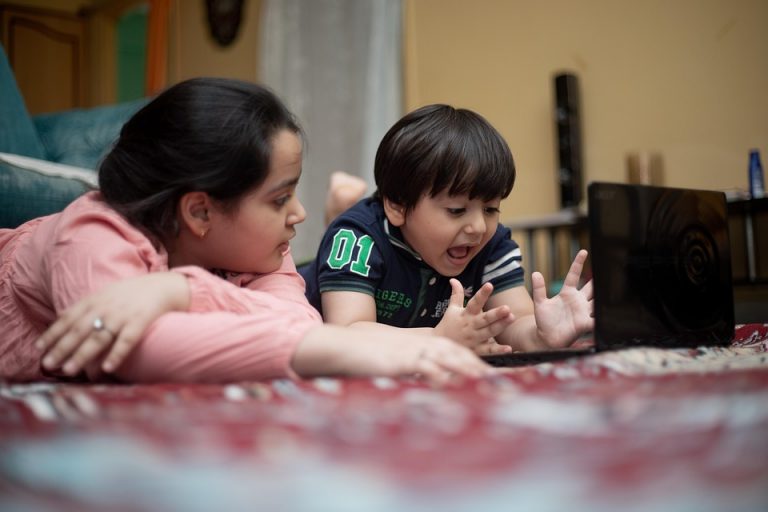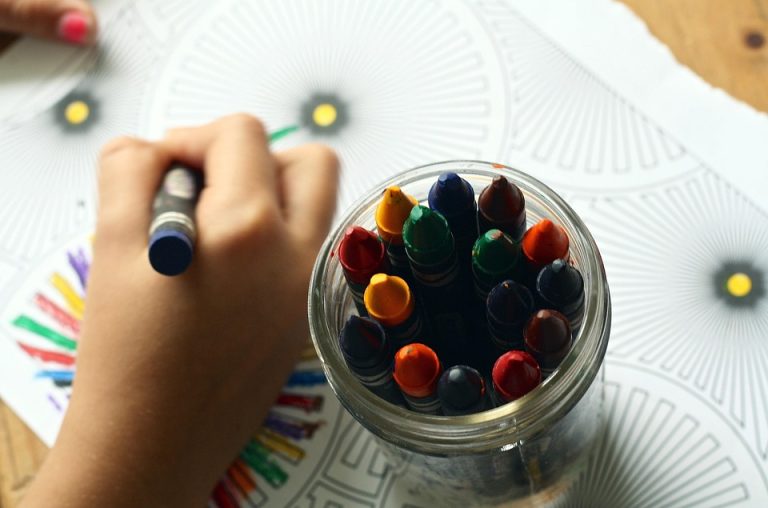Gamified learning transforms education today by turning traditional lessons into engaging, interactive experiences. Imagine stepping into a classroom where the walls come alive with challenges, rewards, and excitement. It’s not just a dream; it’s the future of education, and it’s already here.
In this article, we’ll explore how gamified learning reshapes the educational landscape, making learning not just effective but genuinely enjoyable. You’ll discover seven powerful ways this approach enhances learning for students of all ages. Let’s dive in!
Contents
What is Gamified Learning?
Gamified learning integrates game design elements into educational settings. Think of points, levels, badges, and competitions—but in a way that deepens understanding and retention. This method captivates students’ attention and motivates them to engage with the material actively.
Why does this matter? Because education shouldn’t feel like a chore. It should ignite curiosity and a love for learning. When students are engaged, they absorb knowledge more effectively, paving the way for success in their academic and personal lives.
1. Boosts Engagement and Motivation
You’ve seen it before: students yawning, doodling, or checking their phones. Gamified learning flips that script. By incorporating elements like leaderboards and challenges, students can’t help but get involved.
- Immediate Feedback: Gamification provides instant feedback, allowing students to understand their progress and areas for improvement.
- Competition: A little friendly competition can spark motivation. When students see their peers achieving, they want to rise to the challenge.
Your classroom becomes a hub of energy and excitement. Learning transforms from a mundane task into an adventure, where every lesson feels like a new quest.
2. Encourages Collaboration
Multiplayer games have shown us the power of teamwork. Gamified learning encourages collaboration among students, fostering essential social skills.
- Team Challenges: Group tasks and competitions help students learn the value of working together.
- Peer Learning: When students collaborate, they share knowledge and insights, deepening their understanding of the subject matter.
You’ll witness friendships blossom as they tackle challenges side by side. The classroom becomes a community, and learning becomes a shared journey.
3. Fosters Critical Thinking and Problem-Solving
In a world that demands innovative thinkers, gamified learning prepares students for real-life challenges. Instead of rote memorization, this approach encourages them to think critically.
- Scenario-Based Learning: Students face problems that require them to apply knowledge creatively.
- Decision-Making Skills: As they navigate through challenges, they learn to make strategic choices.
Your students won’t just remember facts—they’ll understand concepts deeply and develop essential skills that extend beyond the classroom.
4. Makes Learning Fun and Enjoyable
Let’s face it: who doesn’t love a good game? Gamified learning introduces elements of fun that can transform even the driest subjects into engaging experiences.
- Interactive Content: Quizzes, puzzles, and simulations make learning lively and enjoyable.
- Rewards System: Earning points or badges for achievements boosts morale and encourages perseverance.
When your students are having fun, they learn more effectively. They’ll look forward to coming to class, eager to tackle the next challenge.
5. Personalizes Learning Experiences
Every student is unique, with different learning styles and paces. Gamified learning allows for personalized experiences that cater to individual needs.
- Adaptive Learning Paths: Platforms can adjust difficulty based on performance, ensuring that each student is appropriately challenged.
- Choice and Autonomy: Students can choose their quests and challenges, fostering a sense of ownership over their learning.
Your students will feel seen and valued, leading to increased confidence and better outcomes.
6. Enhances Retention of Information
Gamified learning isn’t just about engagement; it’s also about retention. Studies show that interactive learning methods lead to better memory recall.
- Repetition through Gameplay: Engaging with material repeatedly in different contexts solidifies understanding.
- Contextual Learning: By embedding information within a game, students can relate it to real-life scenarios, making it easier to remember.
When knowledge sticks, students can carry it with them long after the exam is over. You’ll be setting them up for lifelong success.
7. Prepares Students for the Future
In an ever-evolving world, students need to be prepared for what lies ahead. Gamified learning cultivates essential skills that are vital in today’s job market.
- Digital Literacy: Navigating gamified platforms helps students become comfortable with technology.
- Adaptability: Games often change and evolve, teaching students to adapt to new situations and challenges.
Your students will be ready to face the complexities of the future, armed with the skills they need to thrive.
Bottom Line
Gamified learning is more than just a trend; it’s a transformative approach that enriches education. By boosting engagement, fostering collaboration, enhancing critical thinking, and making learning enjoyable, you’ll see a remarkable shift in your students’ attitudes toward education.
Ready to embrace gamified learning? Start small by introducing game elements into your lessons, and watch your classroom light up with curiosity and enthusiasm. Let’s make learning an adventure!
FAQ
What is the main benefit of gamified learning?
The primary benefit is increased engagement, which leads to better retention and understanding of the material.
Can gamified learning be applied in all subjects?
Absolutely! Gamified elements can be integrated into any subject, making lessons more interactive and enjoyable.
How can I start implementing gamified learning in my classroom?
Begin by introducing simple game mechanics like points, badges, or team challenges to your lessons. Gradually incorporate more complex elements based on your students’ responses.
Explore these avenues, and you’ll be amazed at how gamified learning can transform the educational experience for you and your students.








